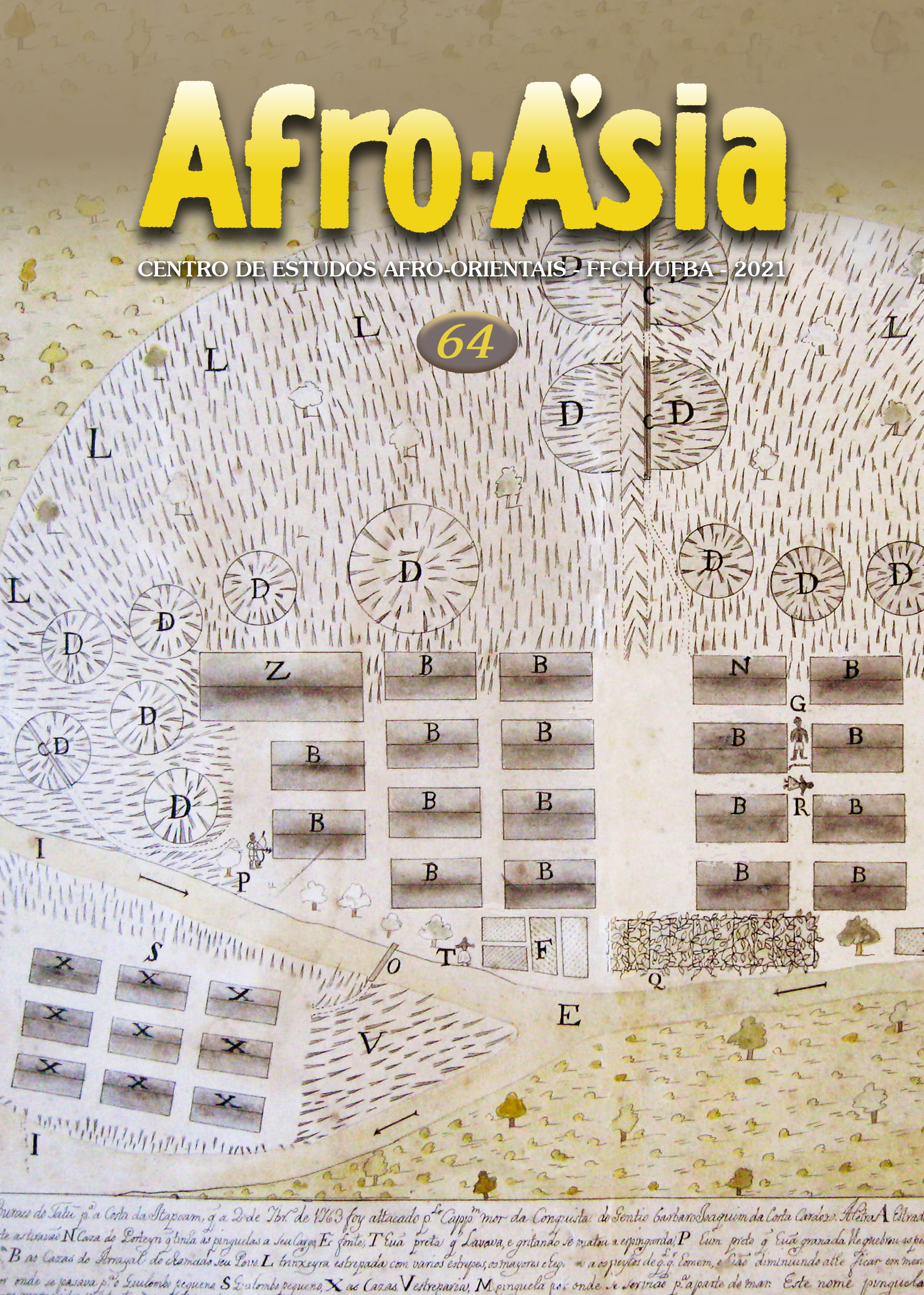White Slaves in 19th Century Brazil:
Domestic Trade, Racial Distinctions and “Being White” During Slavery
DOI:
https://doi.org/10.9771/aa.v0i64.42469Keywords:
White slaves, Internal slave trade, White races, WhitenessAbstract
The reflections presented here are part of an ongoing broader research on the
concept of whiteness in Brazil during the time of slavery. The article seeks to analyze the meanings and practices involved in the emergence of captives described as white sold in Brazil after the end of the Atlantic slave trade in 1850, attracting the attention of the press. Such cases lend themselves to research on the complex links between color, enslavement, and freedom. More broadly, the paper analyzes the racial aspects that defined the boundary between the enslaved and free population, placing the concept of whiteness at the center of racial analysis, an unusual approach among Brazilian historians.
Downloads
Downloads
Published
How to Cite
Issue
Section
License
Copyright (c) 2021 Marcus Vinicius de Freitas Rosa

This work is licensed under a Creative Commons Attribution 4.0 International License.
You are entitled to freely share, adapt and use the work herein published for any legitimate purpose as long as authorship and the original source are acknowledged.




